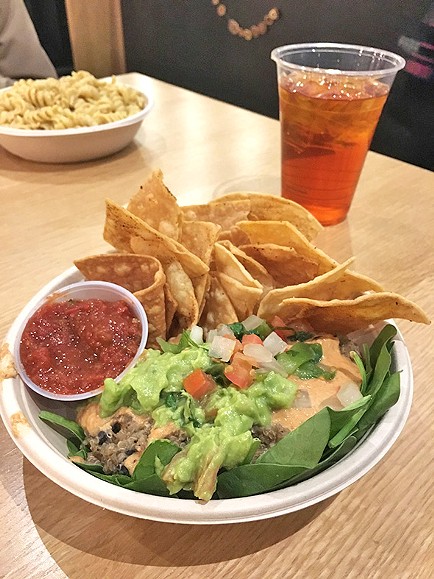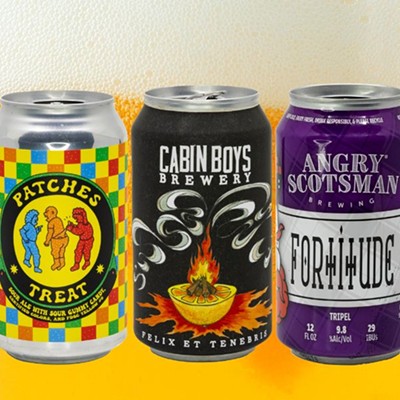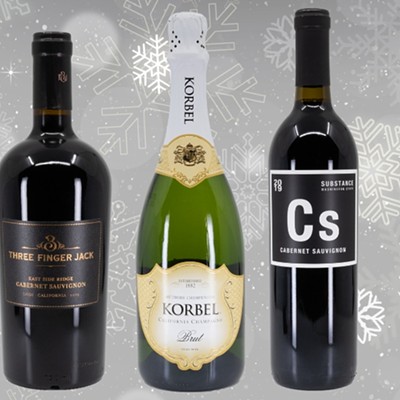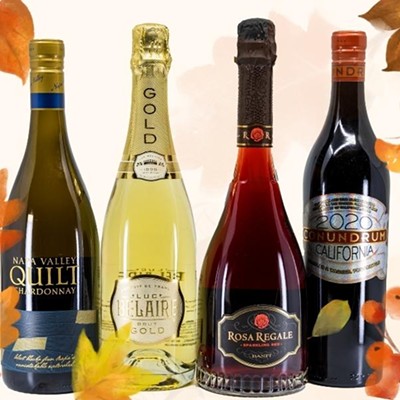It makes sense that Oklahoma City’s only 100 percent vegan brick-and-mortar restaurant open for dinner specializes in comfort food.
The odds of a raw, plant-based restaurant surviving in the heart of cattle country is relatively low, but the tide is changing, and it has accelerated since The Loaded Bowl graduated from food truck to its 1211 SW Second St. location in the Farmers Market District two years ago.
Around the same time The Loaded Bowl made its brick-and-mortar debut, the breakfast-and-lunch kitchen at The Red Cup made its full-time transition to vegan options. Over the last year, menus around the city have added multiple thoughtful and composed vegan options while OKC’s inaugural VegFest gained thousands more visitors than organizers planned to attend.
The Loaded Bowl owners Tevin and Jon Grupe said they plan to host a two-year celebration for their restaurant in January to celebrate their continued support, even as it has become more difficult to get to the Farmers Market District as construction on Sheridan Avenue has cut off access by way of Classen Boulevard and Western Avenue.
“We couldn’t have asked for a better first two years, honestly,” said Tevin Grupe. “When the construction started around us, we were nervous that it would affect business, but it hasn’t because we’re kind of a destination spot. People are willing to make the trek.”
My patronage at The Loaded Bowl has increased over the last year, even as I’ve gotten lost in the construction maze to the Farmers Market on a few occasions. I’ve tried to adopt a flexitarian diet by eating plant-based at least two to four days per week. I’ve made the switch for my own health — there are days where I will have to eat a chicken-fried steak as part of a feature or review for you, dear readers of Oklahoma Gazette — but also for the health of the planet.
According to a study from University of California at Davis, a global switch to the Mediterranean diet would be equivalent to eliminating a billion cars from the road and would reduce carbon pollution by 15 percent by 2050.
tweet this
An average steak dinner with sides has the same carbon footprint as driving six miles in a gasoline-powered vehicle, according to Vox. As each week brings another harrowing climate change report and our state and federal governments continue to trade the future for short-term financial gain, consumers can make their voices heard where it might actually garner change: the bottom line.
While U.S. traditional dairy milk consumption has dropped 22 percent since 2000, the country will set a record for meat consumption in 2018; however, beef consumption is falling in favor of poultry. A Mediterranean diet heavy on beans, nuts and fish featuring a weekly appearance from chicken is a realistic compromise in American culture, where meat is still king.
According to a study from University of California at Davis, a global switch to the Mediterranean diet would be equivalent to eliminating a billion cars from the road and would reduce carbon pollution by 15 percent by 2050.
Even under this extremely improbable scenario, it would only be a small dent in the reduction of carbon pollution needed to avoid the catastrophic effects of a two-degree Celsius increase in global temperatures. The recent report issued by the United Nations’ Intergovernmental Panel on Climate Change said that carbon pollution needs to be cut by 45 percent by 2030, but it does feature a blueprint by which governments can facilitate the needed change through shifts in energy systems and transportation.
“We show it can be done within laws of physics and chemistry,” said Jim Skea, co-chair of the UN panel. “Then the final tick box is political will. We cannot answer that. Only our audience can — and that is the governments that receive it.”
Even as that message might be falling on deaf ears of our current national administration with the withdrawal from the Paris Agreement, all is not lost. If enough constituents across the country make their voices heard through spending power, it will force action.
The Grupes aren’t the kind of people who will try to guilt you into trying their food. When I chatted with Jon last year, he told me, “You don’t have to talk about the benefits of veganism or beat people over the head with climate change statistics and get people defensive. You can just give them good food and it is a win-win.”
A majority of The Loaded Bowl’s clientele are meat-eaters due to the menu centered on comfort food like cashew mac and cheese, lasagna and nachos. The restaurant uses soy curds to replace chicken on the menu, which is prominently featured in the Down Home Bowl (cashew mac with broccoli and barbecue “chicken”) and the chicken melt (grilled brown rice with vegetables, tofu, spinach, cashew cheese, squash relish and guacamole).
I think The Loaded Bowl excels with the loaded nachos in which lentils mimic chorizo, and The Garfield, which is layered lasagna with grilled veggies and garlic bread. The sesame rice bowl features grilled brown rice, which is cooked and then finished to crisp on the flattop before joining tofu, vegetables and sesame ginger sauce.
On a recent visit, I tried the Southwest quinoa bowl — seasoned quinoa with black beans, cashew queso and green chile sauce on a bed of fresh spinach topped with guacamole and served with fresh tortilla chips — for the first time. The Loaded Bowl’s tortilla chips keep me coming back. They’re thick and well-seasoned. I wish I could get my quinoa at home to taste as good as The Loaded Bowl does.
The restaurant also features an assortment of vegan sweet treats, including cupcakes, cookies and cheesecakes, turned out by the staff baker. I tried the pumpkin cheesecake made with vegan cream cheese. I wanted more pumpkin spice flavor, but I liked the texture of the cheesecake, ginger-spiced graham cracker crust and its caramel-like topping.
Even after expanding its menu at the brick-and-mortar, The Loaded Bowl’s most popular item remains the plain cashew mac and cheese. I like its version of cashew cheese, which is traditionally made by blending cashews with lemon juice and spices, including nutritional yeast (the key to providing cheeselike taste), but it’s a little too one-note for me. While cashew cheese has less saturated fat and cholesterol than its goat cheese counterpart, it is higher in overall caloric intake and total fat. It should still very much be treated as an indulgence rather than a staple meal.
The Loaded Bowl was the entry point to plant-based eating for many Oklahomans, and it arrived in comfort food that is already familiar. Let’s hope that it’s only the first of many restaurants focused on promoting a lifestyle that will reduce carbon pollution.
Visit theloadedbowlokc.com.













